In an earlier blog post, I wrote about exploring the iconic architecture of ancient Greece on a recent trip overseas. The culmination of that trip took us to the edge of Asia on a whirlwind visit to Istanbul (and a mere four days after the explosions at Ataturk Airport, at that)!
Straddling the Bosphorus Strait dividing Europe and Asia, Istanbul is quite literally where east meets west. It is at once a cosmopolitan European capital and the gateway to the Islamic Middle East; it is where I can shop at Zara then come out into the street to hear the otherworldly chant of the Muslim call to prayer blasting out of the nearest mosque.
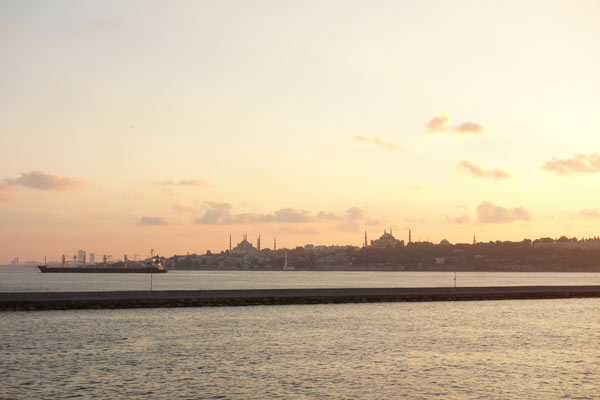
This dual identity lends a fascinating flavor to the city’s built environment; one where the depth of its history certainly rivals the awe I found for the temples of the ancient Greeks. On one hand, the Romans, those most famed architects and engineers of early western civilization, chose this city to become the new center of power in their vast empire. They had already left their mark on the city well before the Ottoman sultans ruled their eastern empire from the lavish Topkapi palace overlooking the Bosphorus.
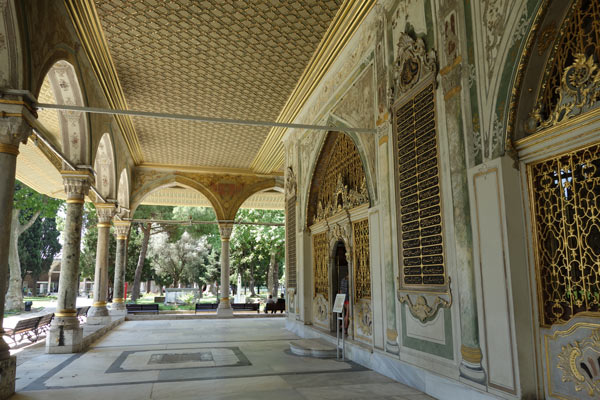
At the top of my list upon reaching Istanbul was the beautiful Hagia Sophia, the pinnacle of Byzantine architecture. Once the largest cathedral in the world, the Hagia Sophia does not fail to impress with its soaring light filled spaces, glittering gold mosaics, and abundant marble. Now a museum, the building is an incredible example of the city’s layered history. Many of the early Christian mosaics, painted over when the building was converted to a mosque, have been uncovered and restored, while some remain painted and layered with calligraphy and relics from the Ottoman rule.

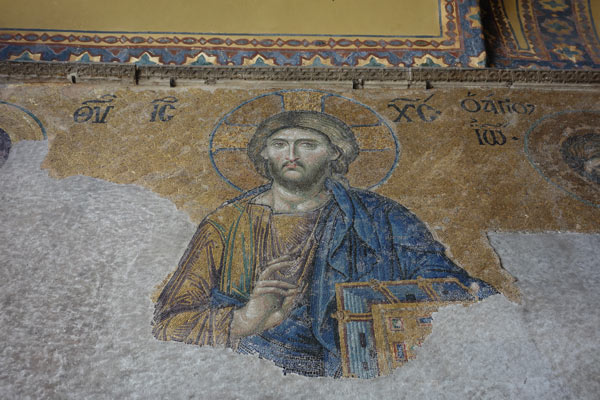
I love that this cathedral, once a symbol of western Christianity, was equally prized by the Ottomans. They could just as easily have torn it down, as other conquerors have done. Instead, its vast dome and semidomes became a model of architectural beauty that Ottoman sultans and architects strove to replicate as they planned mosques for their city 1,000 years later.
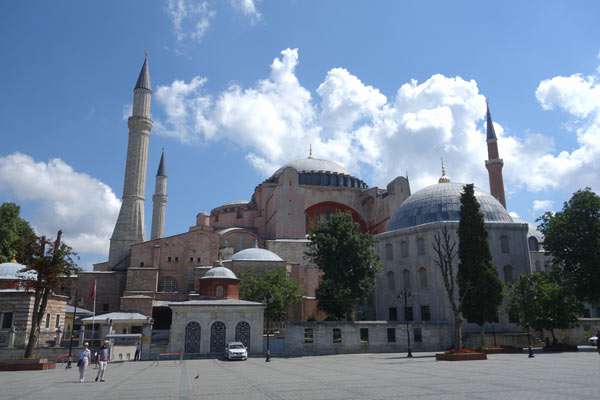
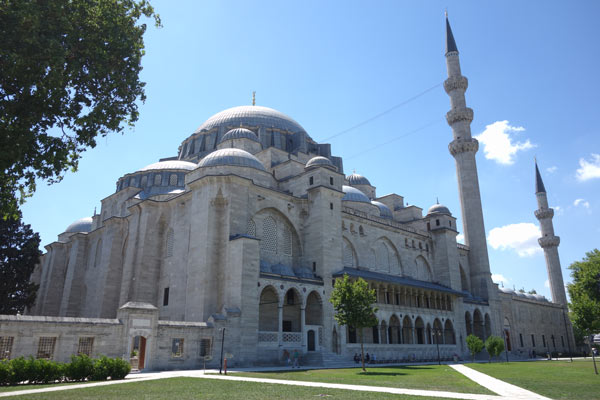
I can’t hope to even scratch the surface of the breadth and beauty of Istanbul’s architecture in the space of one blog post, or even one visit! It will have to suffice to say there are endless mosques and bridges, palaces and skyscrapers, underground cisterns, and more rug shops than you can shake a stick at. I will definitely be back.
